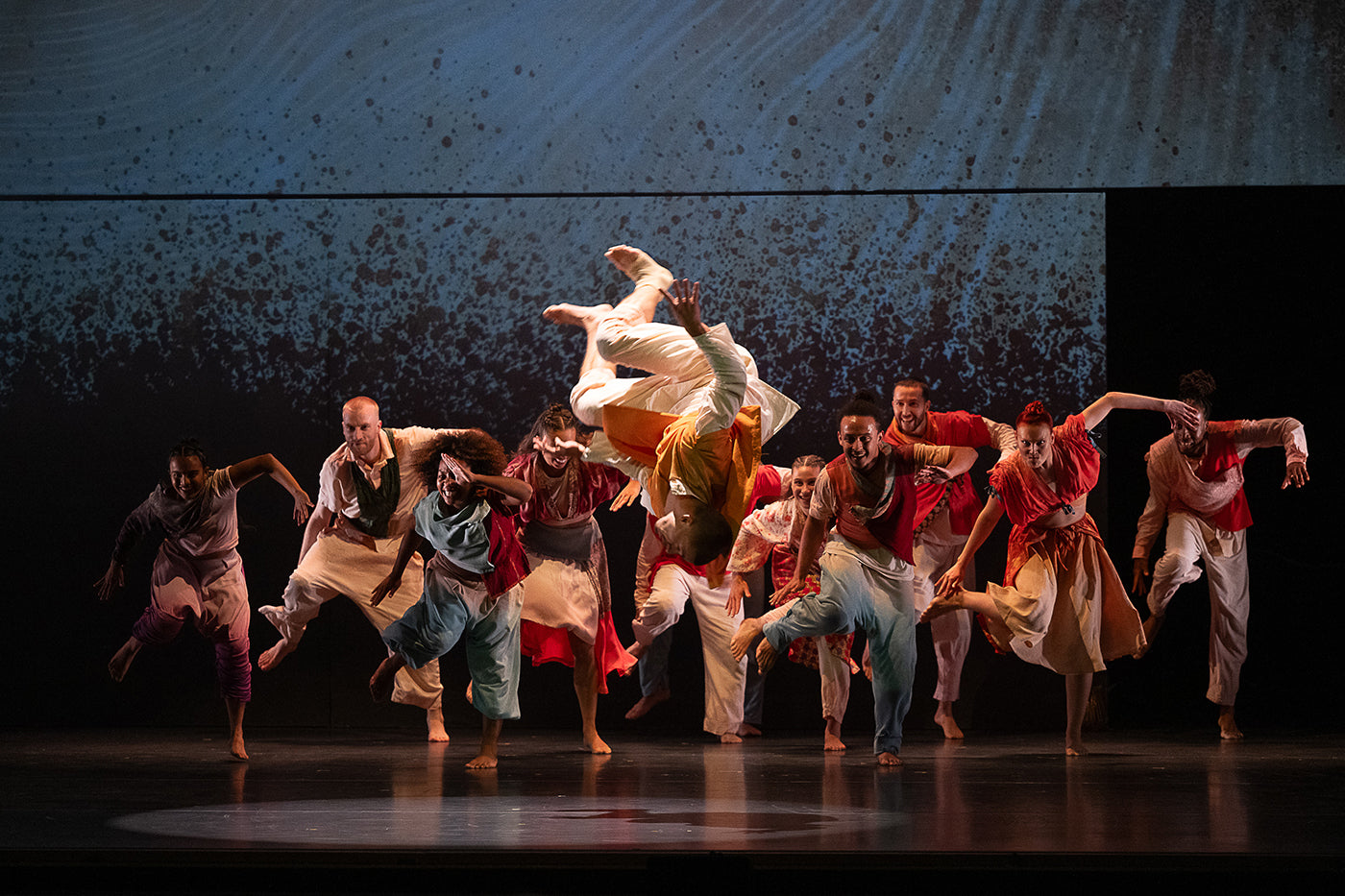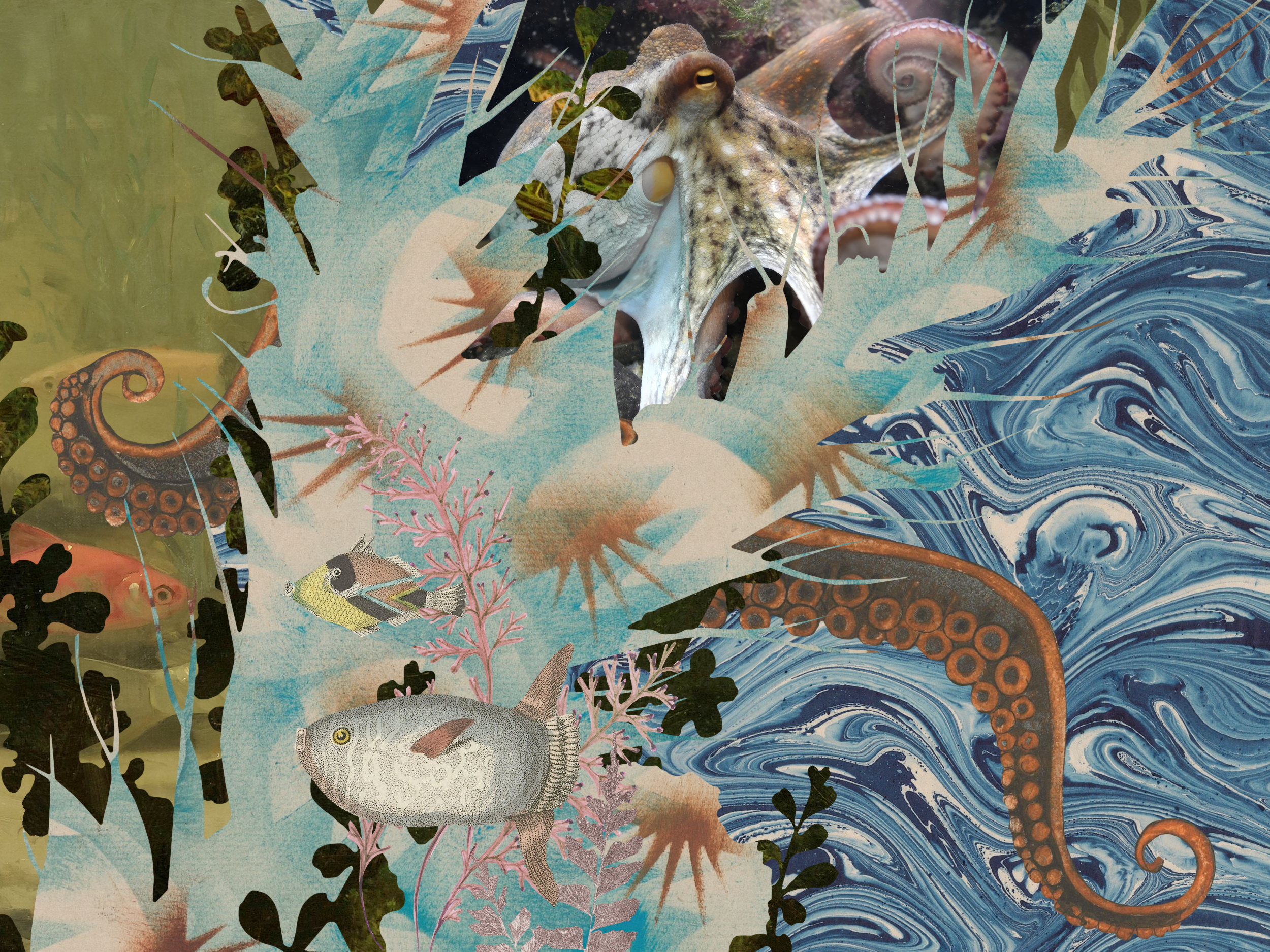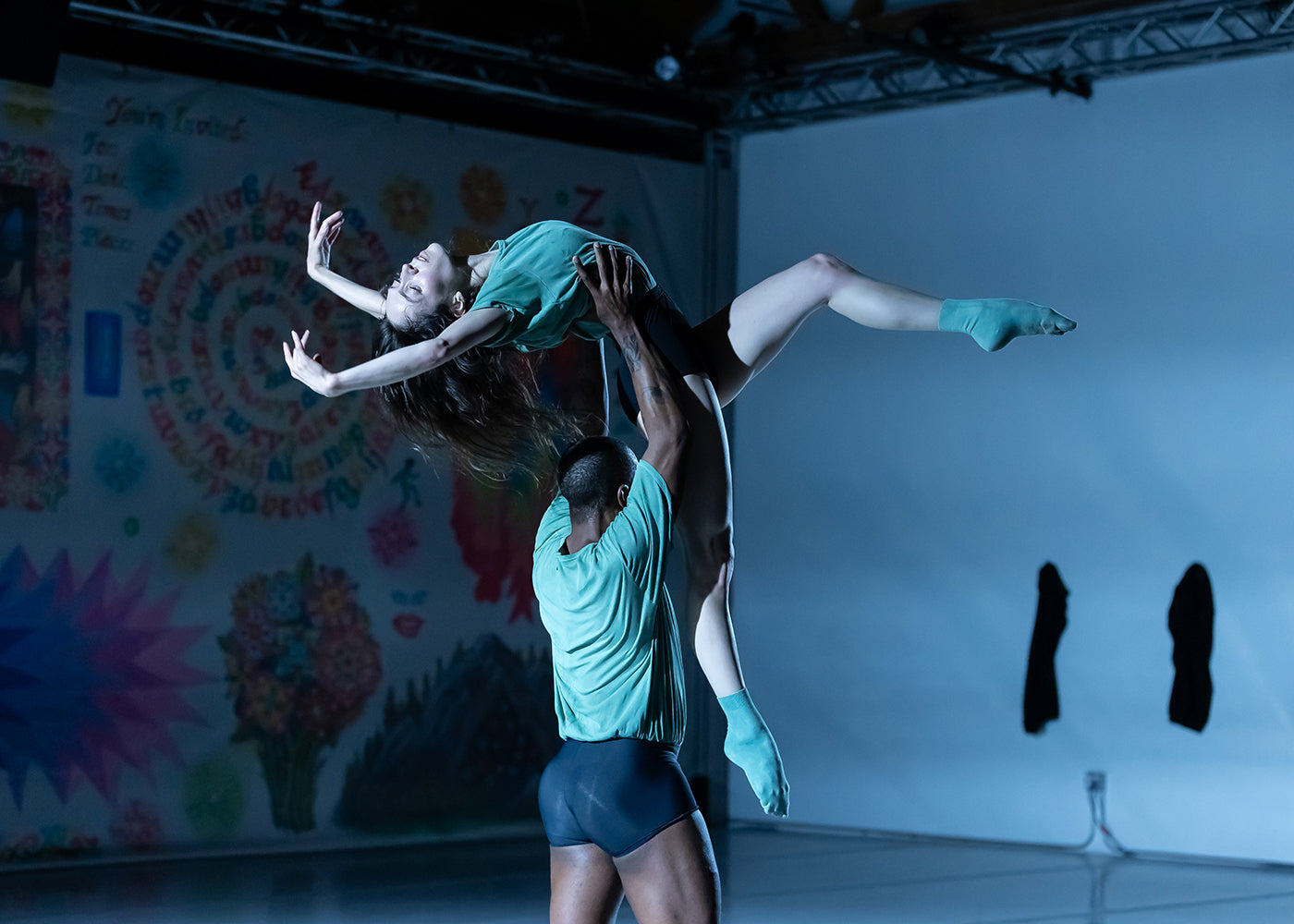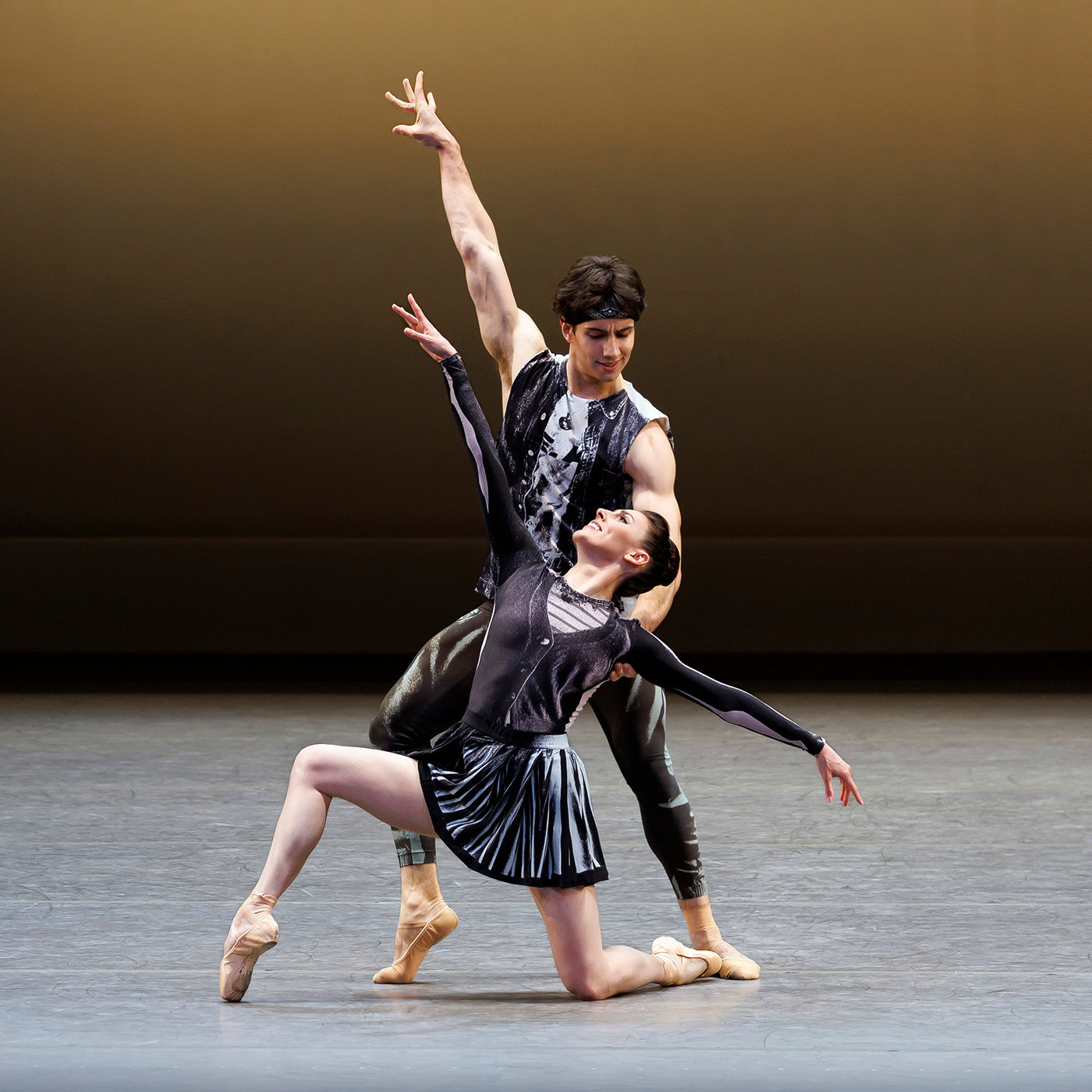After my college graduation, the dance studio suddenly was no longer a permanent fixture in my life. It became more of a touchstone, somewhere to return when I needed a sense of stability and belonging—a little reminder of who I am. Since then, I’ve typically taken class intermittently when the mood strikes, but amidst a particularly snowy and isolating winter, I’ve picked up a weekly adult ballet class on Tuesday evenings.
Now that I’ve been at it for several months, I’m not only feeling, in full force, the irrevocable love and connection I’ve always had with ballet, I’m also getting back in touch with the wide breadth of emotions this art form has introduced in my life.
As a young dancer, I always struggled with finding my value in the studio. I saw my friends and classmates excel at jumps or turns, and some of them had such an eye-catching, signature way of interpreting the steps. For me, learning combinations quickly was very difficult, and oftentimes I was too focused on the steps to be able to concentrate much on my musicality or artistry in class.
Instead, I was always praised for my body and my flexibility. I loved—and still do love—adagio, because I finally had the time to lengthen my legs and luxuriate in the music without fear of falling behind. But since I was often commended for my physical attributes, I assumed that my body was where my value was.
I’m now 26, and my body isn’t the same as it was then. On the days where I’m feeling less confident and more vulnerable to self-criticism, I find myself asking: Now that I no longer have that body, where does that leave me?
Still loving ballet, and still coming back.
This internal conversation—along with others tied to the ways ballet has stayed with me, both positively and negatively—is something I’ve been investigating a great deal through my writing as of late. I’ve covered Alice Robb’s recently released memoir, Don’t Think, Dear: On Loving and Leaving Ballet, in which she chronicles her time as a serious ballet student at The School of American Ballet and analyzes how the lessons she and her classmates internalized during their time there have affected their worldviews as adult women. I’ve also interviewed former dancer Erika Lantz, host of The Turning: Room of Mirrors, a podcast that wrestles with the legacy of George Balanchine and the New York City Ballet. Both the book and the podcast take on issues of body image, like I’ve discussed above, as well as issues relating to sexual assault, power dynamics, diversity, and mental and physical health.
To some, this might seem like bad press for ballet. As more focus is placed on the aspects of the ballet world that are unhealthy, misogynistic, bigoted, or otherwise problematic, it may appear to be an attack on the art form. To an outsider, it might even seem like ballet is all bad.
So why do I return to the barre each week? My ballet class has given me clarity on this, too.
New York Times dance critic Gia Kourlas recently wrote a contentious article in which she appears to take issue with several of the points made by Robb and Lantz, as well as those made by journalist Chloe Angyal in her 2021 book Turning Pointe: How a New Generation of Dancers is Saving Ballet From Itself. Kourlas makes the case that, despite the many of the aforementioned criticisms of ballet (and, connectedly, Balanchine’s legacy in American ballet) feminism exists in the art form because dancers find freedom, power, and control onstage.
To bolster her argument, Kourlas writes, “Part of the current reckoning with ballet seems to have much to do with the heartbreak of having to give it up,” noting that both Robb and Lantz left ballet before becoming professionals.
I think Kourlas’ words here could apply to me, too. Like Robb and Lantz, I also never had a professional ballet career. But I’ve still experienced the freedom she writes about, even despite the aspects of ballet that have made me feel lesser than.
Kourlas’ piece certainly speaks to many of the things dancers love about ballet: the feeling of performing, the power and vulnerability of baring your soul to an audience, the flow state that comes after hours of practice, when the choreography is muscle memory. These things are magic in a way that can’t be overstated. They do indeed provide a type of freedom and power—and they’re likely part of the reason I’m still so devoted to ballet, even after giving up dreams of becoming a professional.
But, dancing isn’t the only way I can show my devotion to this art form—or the only way I can find freedom in it. My love for ballet certainly comes out through my willingness to brave blizzards and push past after-dinner fatigue to attend my weekly class. It’s also present in the excitement I feel as I sit in the audience, waiting for the curtain to rise. But it shows in my writing and research about the dance world, too. And sometimes, this means asking hard questions and taking issue with the ballet world status quo.
For me, this doesn’t come from a place of wanting to discount the art form and the many people who’ve played a role in its history. Instead, it comes from a desire to make the art form I love a place that will love more people back. I love ballet—and I question it and consider ways it may need to change. It’s essential that those two things are allowed to exist at the same time. Just as a critic shares informed opinions and reflections on a specific performance or piece of choreography, it’s important to also regard the overall artform with the same discerning eye.
And that’s what keeps me coming back, year after year, to the barre.









comments